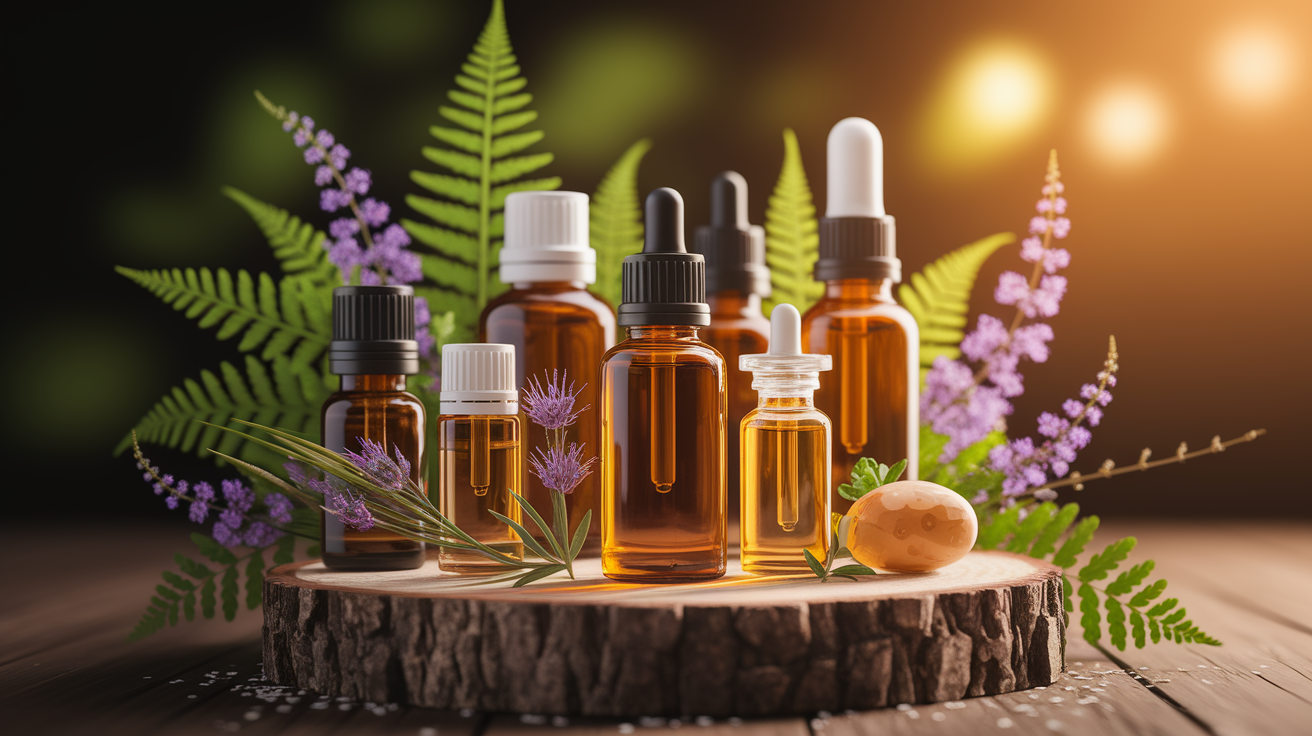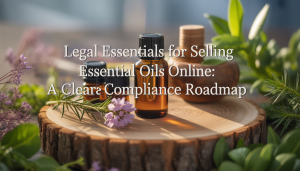Your Fast-Acting Cold Sore Solution
That first tell-tale tingle… we all know what it means. A cold sore is on its way. These pesky, painful blisters, also known as herpes labialis, are caused by the incredibly common herpes simplex virus (HSV-1). While there’s no permanent cure for the virus, we have some amazing natural tools at our disposal to manage these outbreaks. For years, I’ve turned to the potent world of essential oils, which have been studied more and more for their potential in treating cold sores. Their natural antimicrobial and anti-inflammatory properties make them a perfect fit for a natural treatment for cold sores. If you’re looking for an alternative cold sore treatment, you’ve come to the right place. These oils are fantastic for all sorts of essential oils for skin conditions, and cold sores are no exception.

The key is knowing what works and how to use it safely. Let’s dive into my favorite, fast-acting essential oils to heal cold sores fast and get you back to feeling like yourself.
Harnessing Tea Tree Oil
If there’s one oil that’s a true champion in the world of natural remedies, it’s Tea Tree oil. This stuff is a powerhouse, and it’s one of the most well-researched essential oils for herpes outbreaks. What makes it so special? It boasts powerful antiviral, antiseptic, and anti-inflammatory properties all in one little bottle. This means it can help fight the virus, keep the area clean, and reduce that painful swelling and redness.

Studies have even shown that Tea Tree oil can get in the way of the virus’s plans, potentially inhibiting viral replication and reducing the plaque formation that makes cold sores so unpleasant. Some research suggests that a topical application of tea tree oil gel can shorten the healing time significantly. The same properties that make it a go-to for other issues, like in this guide on how to treat nail fungus with tea tree oil, make it invaluable for your cold sore toolkit.
Peppermint Oil for Soothing Relief
When a cold sore is throbbing and burning, what you want more than anything is relief. This is where Peppermint oil truly shines. That cooling, tingling sensation you associate with peppermint isn’t just pleasant; it’s a sign of its power. Peppermint oil offers amazing antiseptic qualities that help soothe the discomfort.
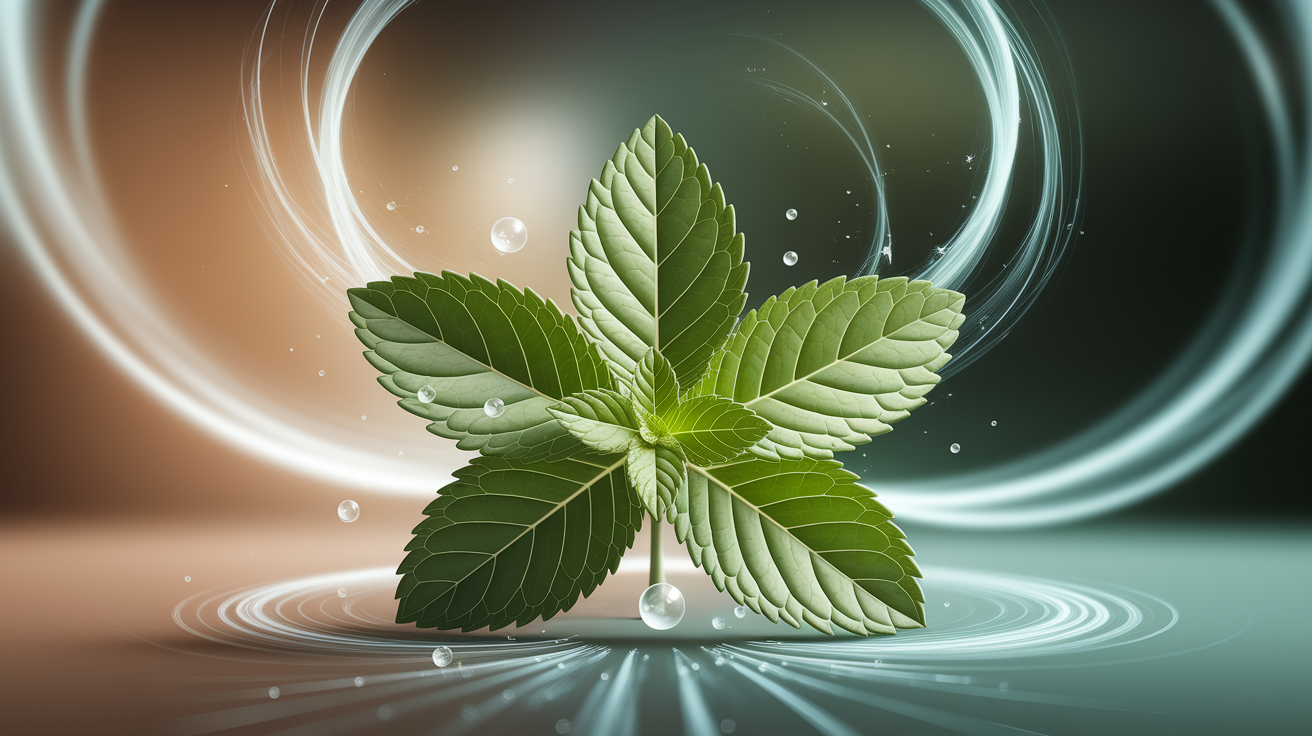
But it’s more than just a soothing balm. Peppermint oil possesses prominent antiviral and antibacterial qualities that can calm symptoms, even in cases where the virus has become resistant to other treatments. In fact, one fascinating study found that it showed high levels of virucidal activity against both HSV-1 and HSV-2 in lab tests. This potent peppermint oil antiviral action makes it another one of the best essential oils for cold sores when you need to calm things down quickly.
Lemon Balm Oil to Block HSV
Lemon Balm, often known by its botanical name, Melissa, is a gentle-smelling oil with a surprisingly fierce ability to fight the herpes simplex virus. I think of it as a tiny bodyguard for your cells. What’s so incredible about Lemon Balm oil is how it works. Research has shown that it can inhibit the virus from penetrating your cells by an astounding 80 to 96%!
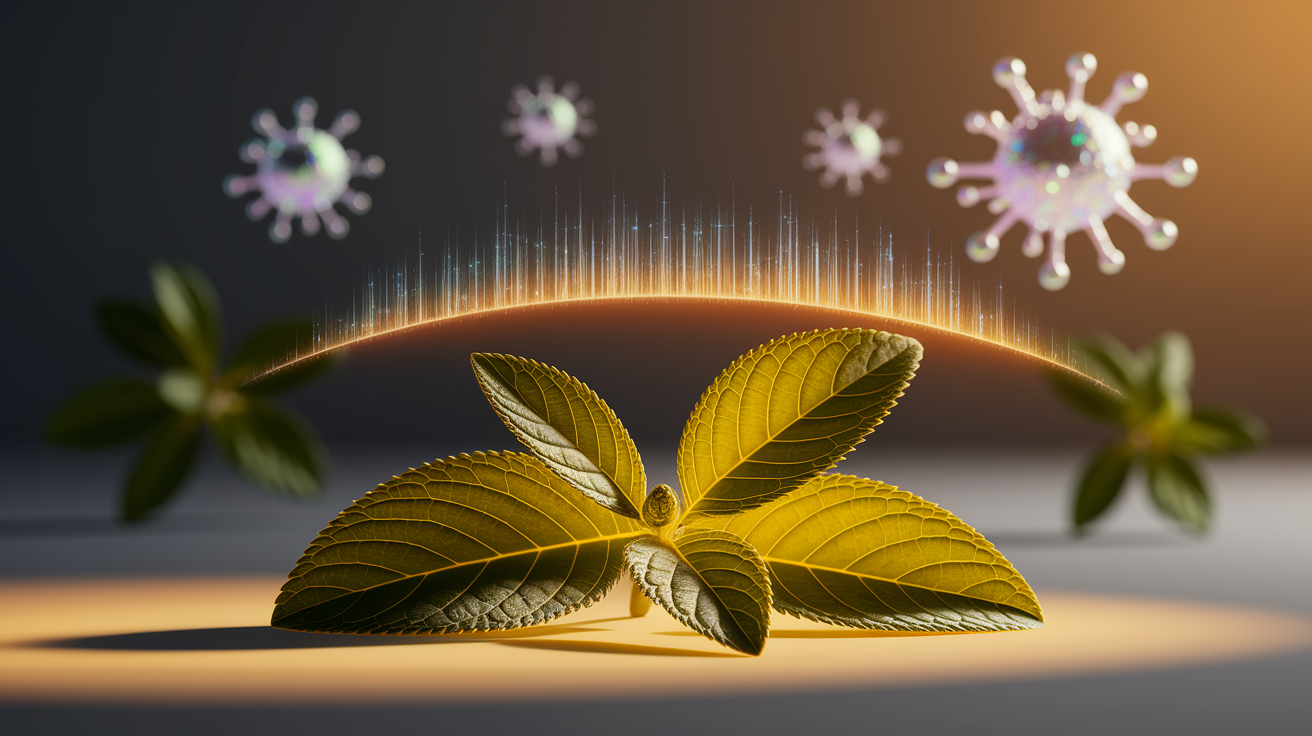
By preventing the virus from getting into the cell in the first place, it stops replication right in its tracks. This makes it a particularly strong choice, especially for stubborn, drug-resistant strains of HSV-1. Its powerful antiviral properties have been well-documented, making it a top-tier option for lemon balm oil for cold sore treatment. If you’re curious about this amazing oil, you can learn more about how to use Melissa oil for various benefits.
Safety, Dilution, and Best Practices
Now, this is the most important part. You can’t just dab pure essential oil directly onto your skin, especially not on a sensitive cold sore. So, can you use peppermint oil directly on a cold sore? Absolutely not! Essential oils are highly concentrated and can cause irritation or burns if used “neat” (undiluted).
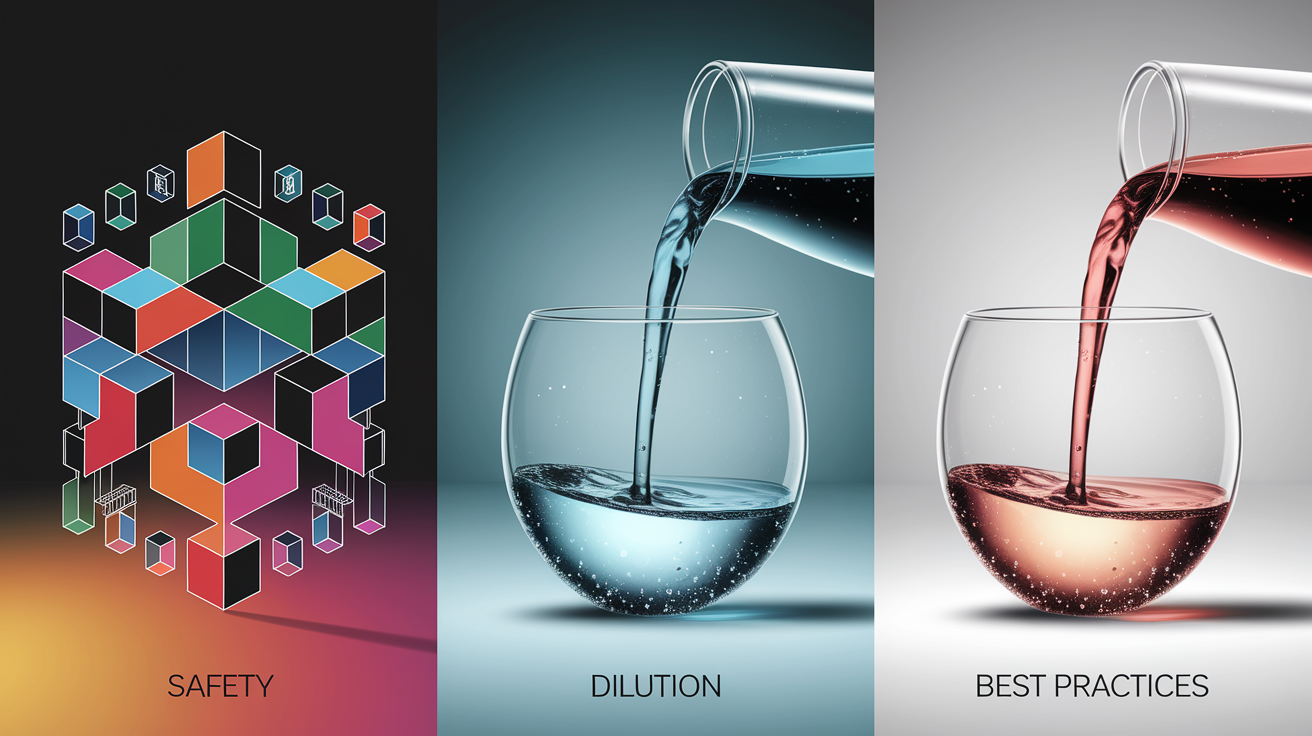
How to Apply Essential Oil to a Cold Sore Safely:
- Always Dilute: You must dilute the essential oil with a carrier oil. Good choices include coconut oil, jojoba oil, or sweet almond oil. A safe dilution for a sensitive area like the lips is about 1-2%, which translates to 1-2 drops of essential oil per teaspoon of carrier oil.
- Use a Clean Applicator: Always use a fresh cotton swab for each application to avoid contaminating your oil bottle or spreading the virus. Never double-dip!
- Perform a Patch Test: Before using a new oil, apply a small amount of the diluted mixture to your inner arm and wait 24 hours to ensure you don’t have a reaction. If you ever experience irritation, it’s good to know how to neutralize essential oils on skin with a carrier oil, not water.
- Apply Sparingly: Apply a small amount of your diluted essential oil blend directly to the cold sore 2-4 times a day, especially when you first feel the tingle. For convenient, pre-diluted application on the go, you might find it helpful to learn how to use essential oil rollers.
These best practices for diluting essential oils for skin are non-negotiable for getting all the benefits without the side effects.
Sealing Your Cold Sore Recovery
Dealing with a cold sore is never fun, but having these powerful natural remedies in your corner can make all the difference. You can take control and support your body’s healing process by harnessing the antiviral and soothing properties of Tea Tree, Peppermint, and Lemon Balm essential oils. Remember the golden rule: dilute, dilute, dilute! Always use a carrier oil and a clean applicator. By arming yourself with these oils and using them safely, you can soothe the discomfort and get back to smiling, faster.










